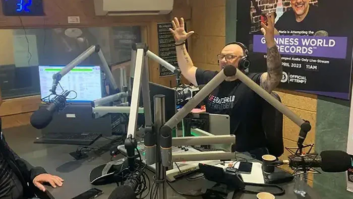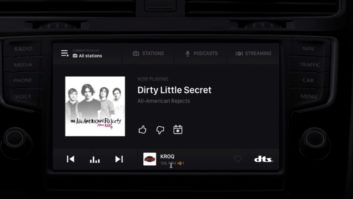A proposed new, secondary allocation to the amateur service is among agenda items for the World Radiocommunication Conference in 2015.
While WRC-15 may seem far away, planning is getting underway. These conferences are held by the International Telecommunication Union every few years to talk about international radio regulations. An FCC advisory group will start to meet in August in preparation for the next one. The commission also has set up a website with information about WRC-15.
The National Telecommunications and Information Administration coordinates U.S. participation, though a number of government departments and agencies are involved. According to NTIA’s website, “The next conference will consider spectrum requirements for uses ranging from mobile service allocations for broadband applications to controlling unmanned aircraft from space.”
It stated that in 2012, “The U.S. was successful in achieving an agenda item for potential new mobile broadband spectrum to support the president’s 500 MHz Initiative.” Expanded wireless broadband access, it said, will trigger creation of innovative new businesses and bring other benefits. NTIA expects that next time, “a great deal of focus will be given to this agenda item to ensure U.S. manufacturers have sufficient harmonized international spectrum to realize economies of scale for emerging technologies.”
There are numerous items on the 2015 agenda, as spelled out at the end of the 2012 conference. One is the proposal to consider “possible new allocation to the amateur service on a secondary basis within the band 5250–5450 kHz.” The International Amateur Radio Union has described the reasons for a secondary amateur allocation at 5 MHz (read it here, PDF); Wikipedia has more background on the 60 meter or 5 MHz band.
Another item of interest on the WRC15 agenda is “the feasibility of achieving a continuous reference time-scale, whether by the modification of coordinated universal time (UTC) or some other method.” A good article that puts that discussion in context is “Are We Having a Good Time?” published by SPIE, a society that deals with optics and light.












